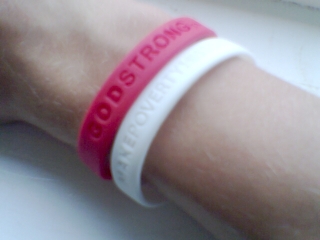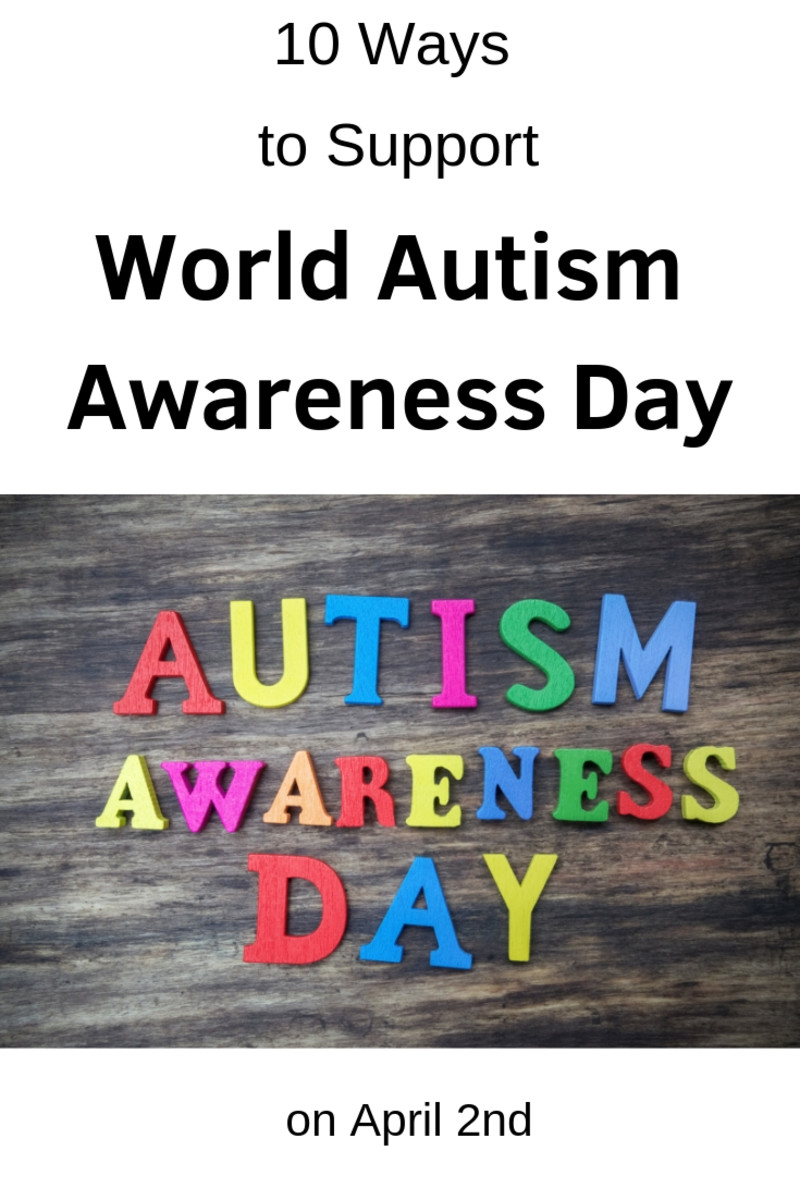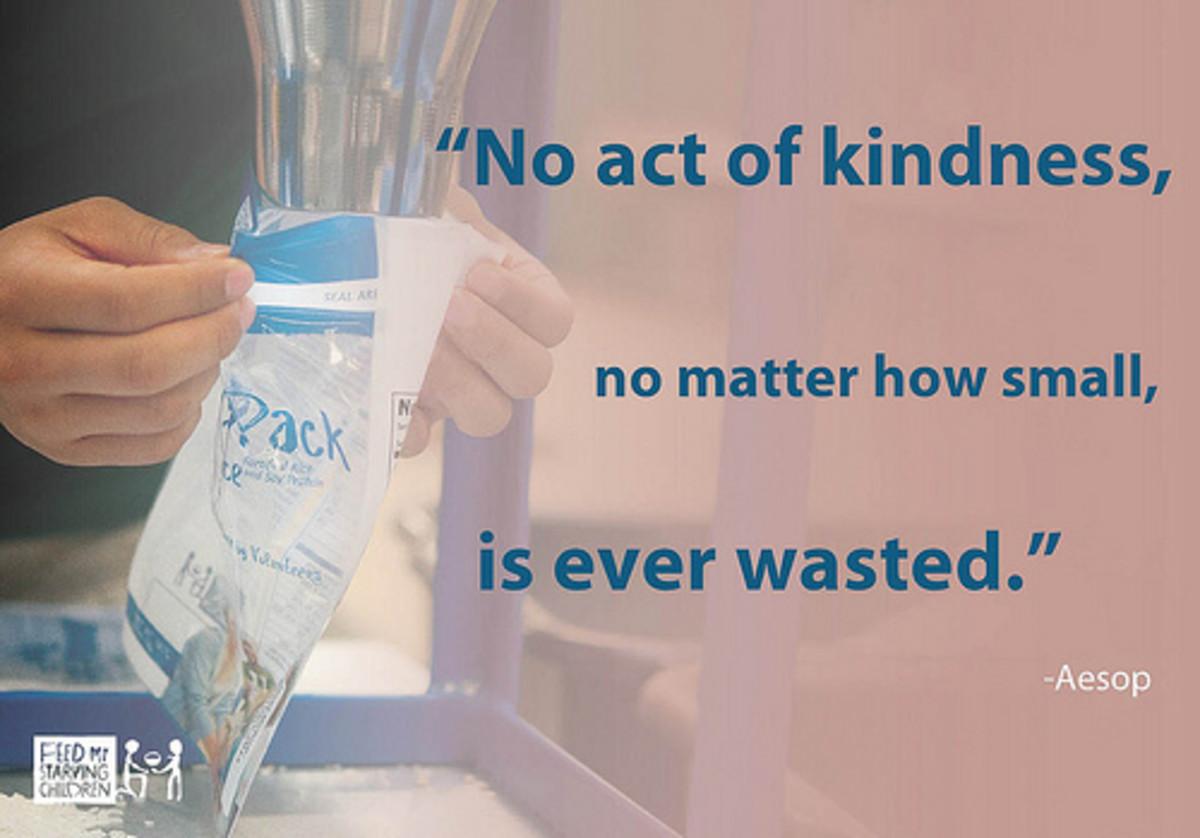Awareness Bracelets ★

What are These Awareness Bracelets, and Why?
I have noticed in recent years a trend for people wearing "awareness bracelets", especially at the school I work for. This trend has fascinated me. I even went out and bought a "Make Poverty History" bracelet, to keep up with the trend.
I found this trend enthralling because of the effect of seeing someone who is supporting this or that charity. The proceeds from these bracelets go to the charity that has started up this awareness campaign. There was even a sense of competition, to be seen as supporting more and different charities would elicit comments from my coworkers, the kids and their families and was rewarding.
This type of awareness campaign has proved popular because of the ease with which these bracelets can be made. They are a very inexpensive type of wristband often called gel bracelets or jelly bracelets. A charity jelly bracelet will have an embossed message showing the wearers support for that cause or charitable organization.
Awareness Bracelets History
Awareness bracelets first gained popularity in 2004 with the Lance Armstrong Foundation. This bracelet was a yellow silicone wristband to raise support for cancer research. By 2005 the silicone wristbands had become popular with many charities, from the 'Make Poverty History' campaign to the BBC's 'Beat Bullying' campaign. Since then a number of other wristbands have become popular and are denoted by their color.
The green wristbands supporting kidney donation. The pink wristbands denoting support of breast cancer awareness. Blue showing support for diabetes awareness. Orange shows support for multiple sclerosis awareness. The half blue and half red bands symbolize support for epilepsy support. The hurricane katrina bands were colored an ocean blue mixed with white. The red band raising awareness of aids is only made in Africa. The colors describe its cause and are often the same colors as awareness ribbons.
What do You think of Awareness Bracelets?
Some Really Nice Awareness Bracelets From Amazon






